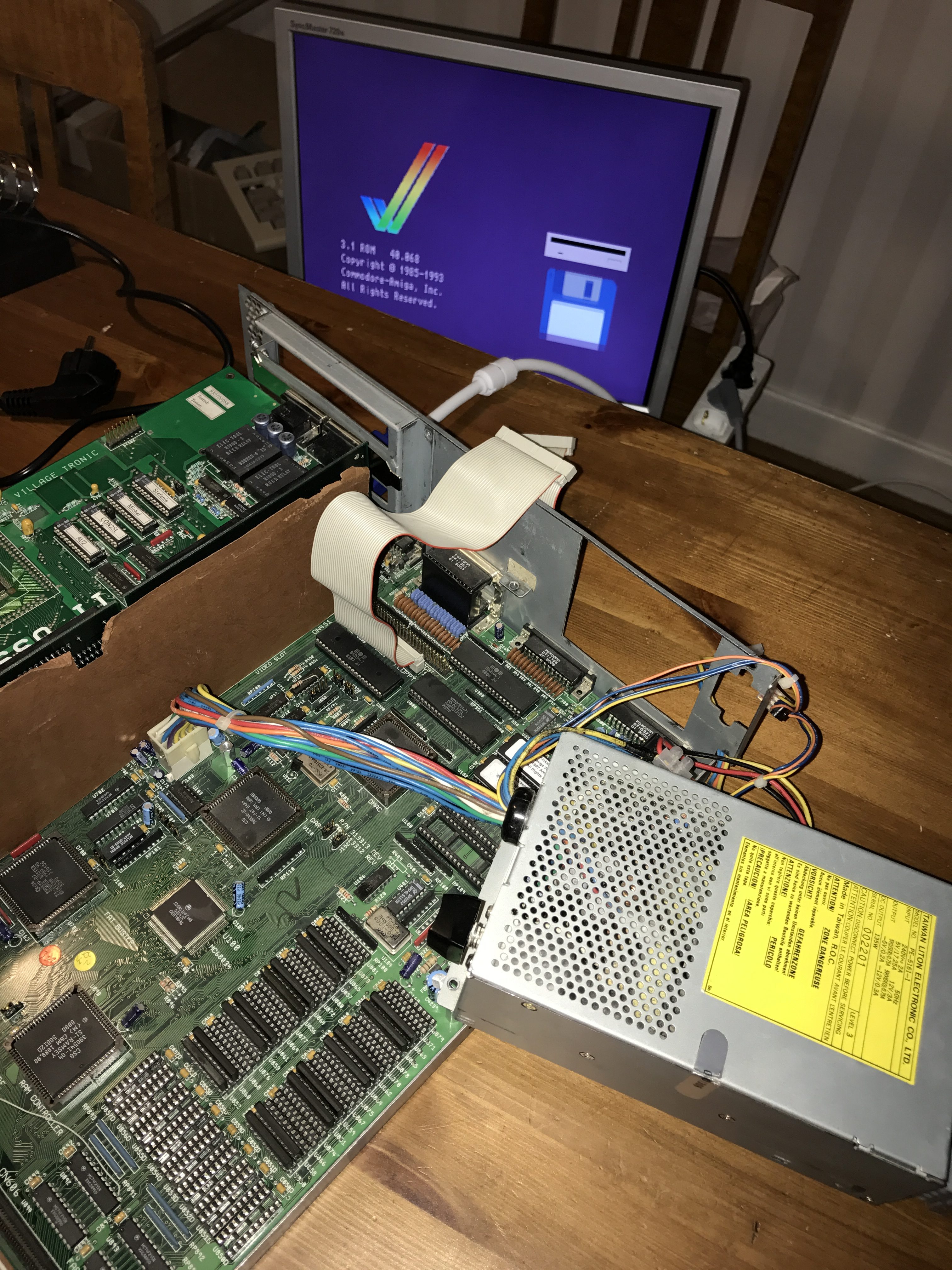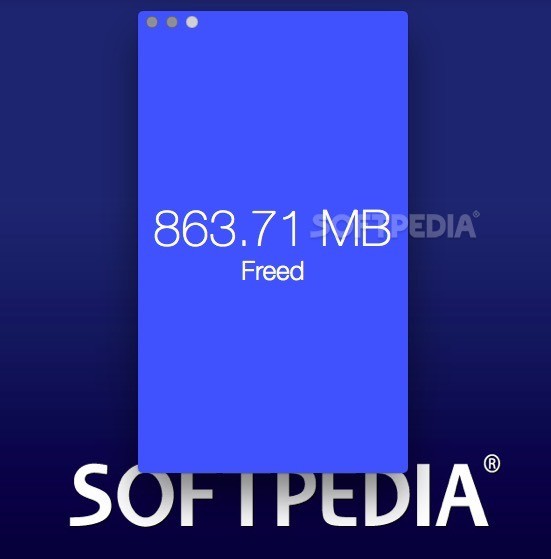

- #MEMORY CLEAN 2 TO MEMORY CLEAN 3 UPGRADE SOFTWARE LICENSE#
- #MEMORY CLEAN 2 TO MEMORY CLEAN 3 UPGRADE SOFTWARE UPGRADE#
- #MEMORY CLEAN 2 TO MEMORY CLEAN 3 UPGRADE UPGRADE#
- #MEMORY CLEAN 2 TO MEMORY CLEAN 3 UPGRADE LICENSE#
Delete the following files from the managed device to free some memory:Ĭrash data: Execute the tar crash command to compress crash files to a file named crash.tar. Copy any log files, crash data, or flash backups from your the managed device to a desired location. If the output of the show storage command indicates that there is insufficient flash memory, free some used memory. Execute the show storage command to identify the available flash space.
#MEMORY CLEAN 2 TO MEMORY CLEAN 3 UPGRADE UPGRADE#
After the managed device comes up, upgrade immediately.ĭo not proceed with an upgrade unless 150 MB of flash space is available. To recover memory, reboot the managed device. Execute the show memory command to identify the available free memory.

Following are best practices for memory management:ĭo not proceed with an upgrade unless 100 MB of free memory is available. Loading multiple large files such as JPEG images for RF Plan can consume flash space quickly. Ensure that there is always free flash space on the managed device. Memory RequirementsĪll Aruba managed devices store critical configuration data on an onboard compact flash memory module. For example multiversion is supported if a Mobility Conductor is running ArubaOS 8.5.0.0 and the managed devices are running ArubaOS 8.5.0.0, ArubaOS 8.4.0.0, or ArubaOS 8.3.0.0. Multiversion is supported in a topology where the managed devices are running the same version as the Mobility Conductor, or two versions lower.
#MEMORY CLEAN 2 TO MEMORY CLEAN 3 UPGRADE LICENSE#
For a detailed description of these new license modules, refer the Aruba Mobility Conductor Licensing Guide.

#MEMORY CLEAN 2 TO MEMORY CLEAN 3 UPGRADE SOFTWARE LICENSE#
Upgrading the non-boot partition gives you a smoother downgrade path, if required.īefore you upgrade to this version of ArubaOS, assess your software license requirements and load any new or expanded licenses that you might require. If you encounter any issue during the upgrade, you can restore the flash, and switch back to the boot partition. If you must use TFTP, ensure the TFTP server can send over 30 MB of data.Īlways upgrade the non-boot partition first. FTP is faster than TFTP and offers more resilience over slow links. If possible, use FTP to load ArubaOS images to the managed device. Resolve any existing issues (consistent or intermittent) before you upgrade. What services are used on your managed device (employee wireless, guest access, Remote AP, wireless voice)? What version of ArubaOS runs on your managed device?Īre all managed devices running the same version of ArubaOS? How are those APs discovering the managed device (DNS, DHCP Option, Broadcast)? How many APs are assigned to each managed device? Verify this information by navigating to the Dashboard > Access Points page in the WebUI, or by executing the show ap active or show ap database commands. Know your network and verify the state of the network by answering the following questions: This prevents users from being surprised by a brief wireless network outage during the upgrade.Īvoid making any changes to your network, such as configuration changes, hardware upgrades, or changes to the rest of the network during the upgrade. Schedule the upgrade during a maintenance window and notify your community of the planned upgrade. To upgrade your managed device or Mobility Conductor: This section deals with the following topics: Read all the information in this chapter before upgrading your Mobility Conductor, managed device, Mobility controller, or stand-alone controller. It is recommended that you schedule a maintenance window for the upgrade.
#MEMORY CLEAN 2 TO MEMORY CLEAN 3 UPGRADE SOFTWARE UPGRADE#
This topic details software upgrade procedures.


 0 kommentar(er)
0 kommentar(er)
